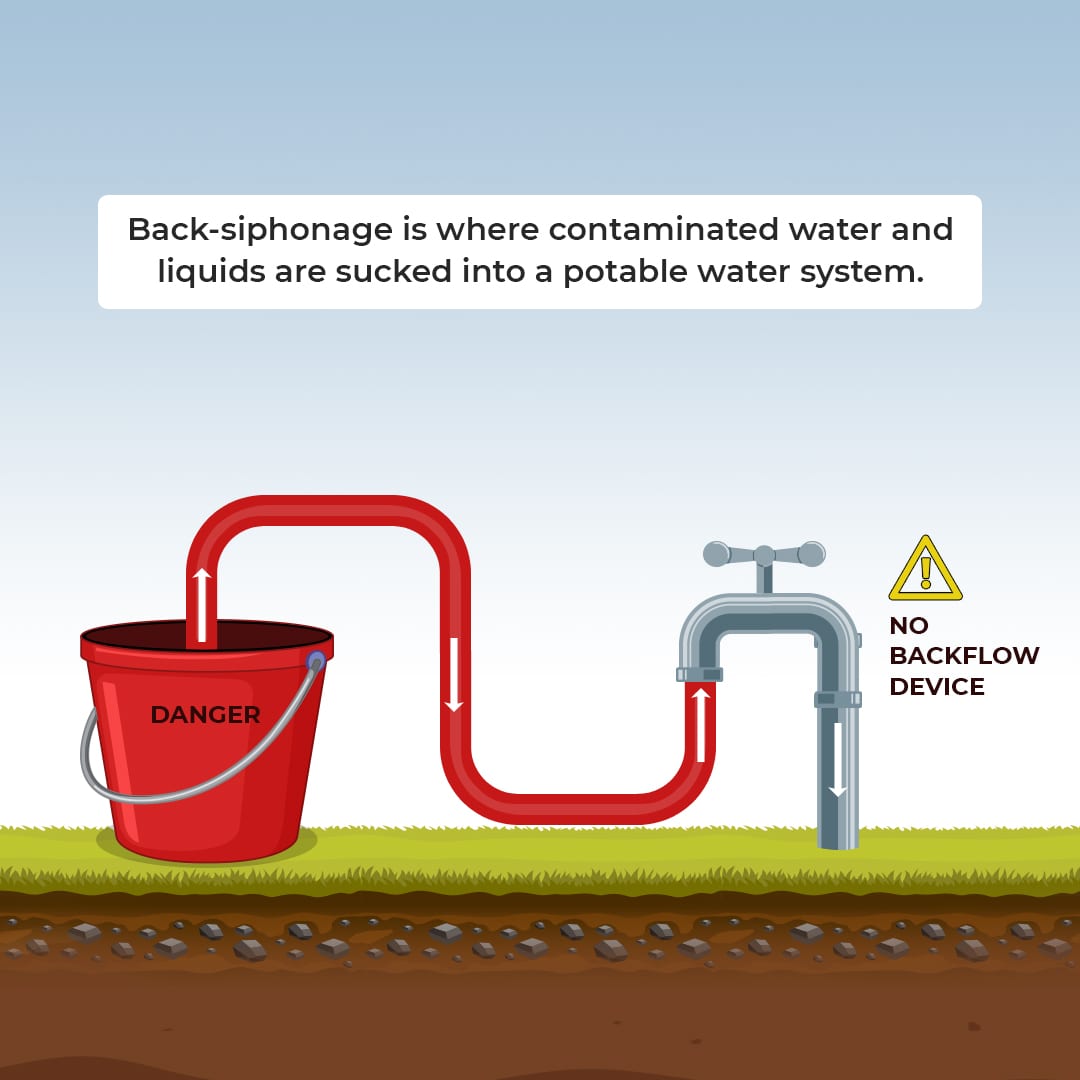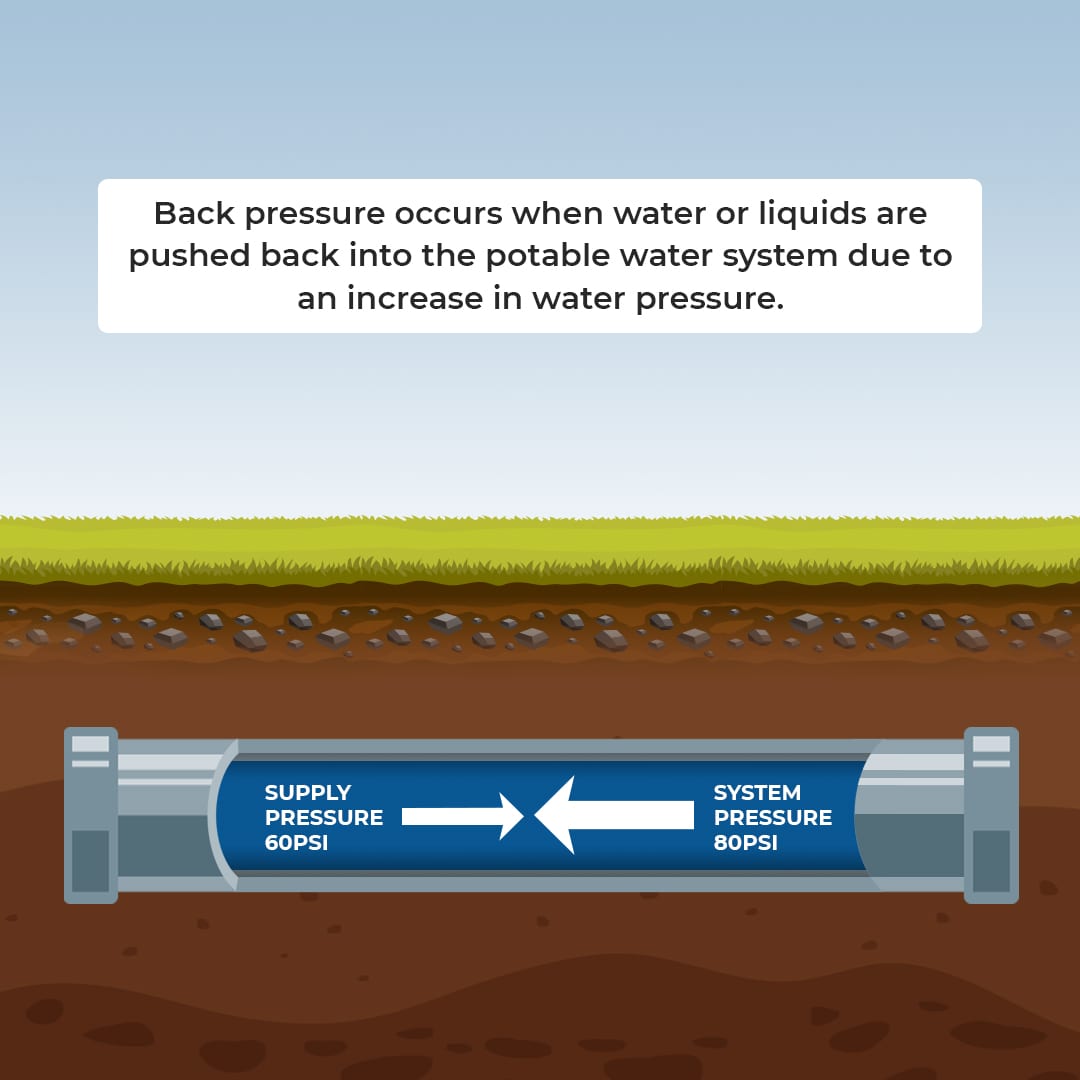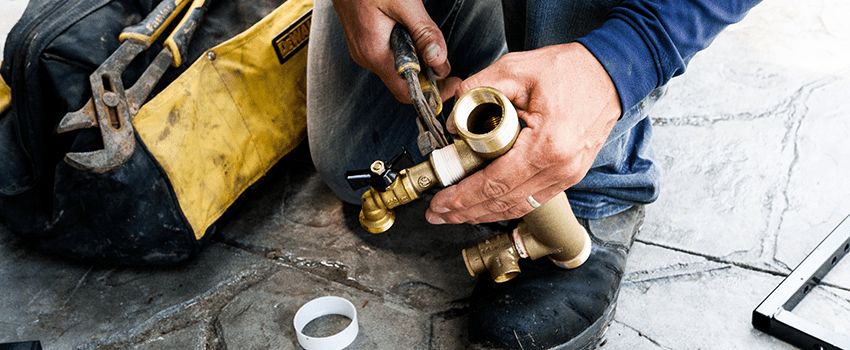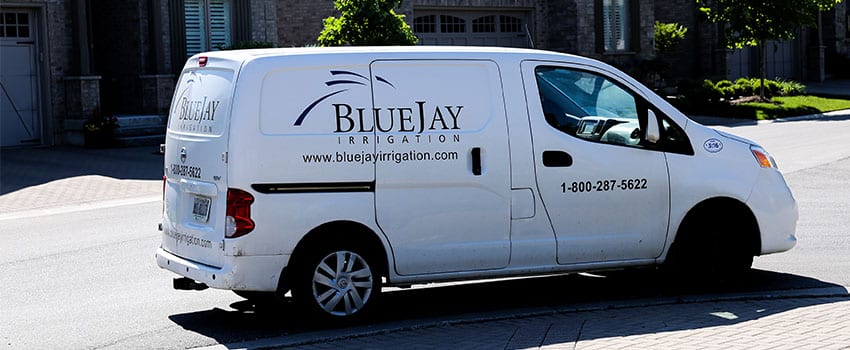
When the pressure in a water system malfunctions, it can create backflow. Backflow is the flow of potentially contaminated water and waste flowing in the reverse direction. This can be dangerous for health and safety which is one reason why backflow testing is so important.
As a homeowner, you may not know that much about backflow and how to prevent it. Here is all you need to know about backflow testing, why it’s essential, and how to prevent it from happening.
Related Article: Achieving and Maintaining the Perfect Lawn: Lawn Care Guide
Why Does Water Backflow Occur?
There are two main reasons why backflow happens: 1) Back-siphonage and 2) Backpressure.

Back Siphonage
Back-siphonage happens when contaminated water and liquids are sucked into a potable water system. If a supply valve has been opened, pressure changes, a pipe is immersed in water, there is no prevention for back-siphonage in place, or a device has malfunctioned, it can occur. Back-siphonage is considered in-direct contamination.

Back Pressure
Backpressure is essentially when the contaminated water or liquids are pushed back into the potable water system due to an increase in water pressure. Two ways this can happen are by mechanical means, where one system is connected to another system with higher pressure, like elevated piping or a booster pump. Another way this can happen is due to thermal expansion caused by a boiler or water heater that has malfunctioned. Backpressure is considered direct contamination.
Replacing valves can be expensive. Fortunately, with home warranties you can spend fewer dollars on their repairs or replacements. Function and Types of Backflow Testing

Installing a Backflow device is vital to preventing backflow from happening. When contaminated water re-enters public pools, restaurants, storm drains, or your home, it causes a risk to your health and safety, sometimes on a grand scale. Preventing contaminated water from potentially cross-contaminating your drinking supply is a good precaution to take.
Many cities have annual testing procedures in place that protect their residents from backflow issues. The annual test must be completed by a certified backflow tester through the OWWA.
Preventing Water Backflow

There are six standard devices you can use to prevent water backflow; two of them are non-mechanical, and four are mechanical.
Non-mechanical devices like air gaps or barometric loops and Mechanical devices, like atmospheric and pressure vacuum breakers, double check valves with intermediate atmospheric vents, double check valves, and reduced pressure devices are all available to help prevent backflow.
If you’re not sure which is right for your water system, consult our professionals. In Ontario, the device must be testable, a PVB, DCVA or an RP are acceptable devices for an irrigation system.
While these devices are installed to be your primary defense from backflow, they are not effective 100% of the time, and there are still risks, which is why annual testing and inspections are recommended. An expert will be able to spot any issues with your backflow prevention system upon this inspection.
Potential Issues
During backflow testing, a number of issues can be brought to light, and it’s incredibly important that this process is done thoroughly because it could be disastrous in the case of a future emergency.
A faulty first check valve or second check valve is a common issue seen by professionals. If these valves are damaged or malfunctioning, this can cause a change in pressure, causing backpressure. This is a direct cross-contamination situation.
The relief valve is opening too high or too low. If the valve is opening too high, this can create numerous issues among the critical components of the device and can cause pressure changes. If the valve is too low, that means something is restricting its movement, which could be caused by corrosion or scale.
These devices are also susceptible to wear and tear as they age, so inspections are essential to determine whether or not they should be replaced just due to their age. Replacing valves can be expensive. Fortunately, with home warranties you can spend fewer dollars on their repairs or replacements.
Sometimes, even water softeners, conditioners that are connected directly to your water supply, lawn irrigation systems, toilets, or chemical sprayers, can also be the culprits in a backflow issue. If any of these products haven’t been adequately equipped with a prevention device, they can easily contaminate your water supply.
Why You Should Hire a Professional When Dealing With Backflow Testing

If you have a backflow situation happening in your home, you mustn’t try to handle it on your own. A trusted professional who has excellent reviews might be a great place to start. When you’re discussing the job with a potential contractor, here’s what you should be looking for in terms of qualifications.
Make sure they are certified, have an education, or some kind of provable credentials. If they don’t, you may want to consider reporting them, as this type of work deals specifically with your health and well-being, and this industry is no place for scammers. You want to ensure the person or company you’re hiring has integrity, and don’t feel bad about doing your research and asking for proof. At Blue Jay Irrigation, our professionals have received backflow prevention device tester certification by the Ontario Water Works Association (OWWA).
Are they part of a reputable company? A certified tester must be registered with the municipality you are located in. Get the certified testers list from your municipality to ensure you have an approved professional testing your backflow.
A professional must come out to your home at least once per year to do a proper inspection of your water system and backflow testing device. Backflow can be extremely dangerous to your health as it is hazardous, not only in your home but in your city's food and manufacturing industries. If you are a homeowner who is not an expert in water supply or backflow prevention devices, hiring a professional to inspect and test your device visually is an investment that you should be willing to make.

